As the astute Benjamin Franklin noted, “Experience keeps a dear school, but fools will learn in no other.” You can let yourself believe you’re in pretty good shape–maintaining that belief is certainly the easier path–until you step out of the truck at 8,000 feet on your long-awaited mountain hunt. It won’t be long before you’re forced to stop and catch your breath, and you’ll soon notice your heart pounding out of your chest. You’ll trudge on thinking, “I’ll just go a little slower,” but the rest stops come sooner and sooner with little to no effect. The fact is, your heart and lungs are grossly unprepared for all that climbing with less oxygen, and the mountain will prove it to you if no one else can.
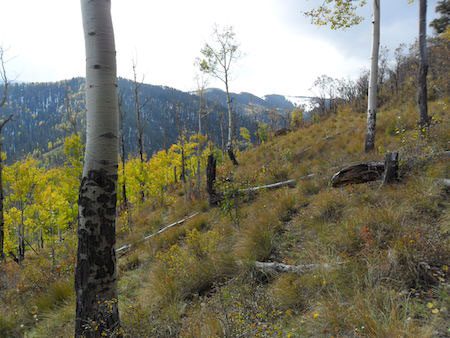
To climb mountains day in and day out you need three things: a strong heart, strong lungs, and strong legs. If you plan to backpack, strong core muscles are pretty important too. But the dirty, sweaty, exhausted truth is, it takes a long time to build that strength and there are no shortcuts or magic pills. That means an intense cardio exercise that will hold your interest for more than two weeks is a necessity, and a bike is the perfect tool for the job.
Motivation
It doesn’t matter what sort of benefits you get from an exercise if you don’t stick with it, so let’s focus first on holding your interest. Whether road cycling or mountain biking, one of the best things you can do for yourself is find a reliable, competitive riding partner. Down the road your commitment and past success may suffice to get you out there regularly, but early on, a good riding partner will motivate you in two key ways; make sure you ride, even when you’d rather not, and make sure you push, even when you’d rather not.
I’m not sure who said it first, but one of the best pieces of advice I’ve ever heard goes like this: “What gets measured gets improved.” There is a massive market for cycling computers that will tell you statistics you’ve never imagined. Those computers are nice, but not a necessity. To measure your improvement without a pricey computer, simply ride a consistent route and note the elapsed time on each ride. As your heart, lungs and legs get stronger your elapsed time will decrease (meaning of course that your speed has increased) and this will serve as an important visual cue for your brain: “I’m getting stronger!”
 Another motivational gem I’ve stumbled upon is that “where” matters. Over time I’ve had the opportunity to pedal popular roads in my area, the area around my house, various bike trails and state parks, and even a stretch along the Alabama coast. What I’ve found is that there are common elements in the most popular routes that keep folks coming back week after week. For road cycling, the pavement is good with few potholes, the speed limits are low, the area is scenic, traffic is sparse, and the terrain has a good mix of steep hills, easy “rollers” and relatively flat ground. All of those factors come together to create a challenging but beautiful and peaceful ride. That combination may sound unlikely but they’re out there and easy to find on sites like Strava (free basic access) where riders with GPS units record their efforts in popular ride segments. Find a segment with 100 or more logged rides and chances are, it’s part of a popular route.
Another motivational gem I’ve stumbled upon is that “where” matters. Over time I’ve had the opportunity to pedal popular roads in my area, the area around my house, various bike trails and state parks, and even a stretch along the Alabama coast. What I’ve found is that there are common elements in the most popular routes that keep folks coming back week after week. For road cycling, the pavement is good with few potholes, the speed limits are low, the area is scenic, traffic is sparse, and the terrain has a good mix of steep hills, easy “rollers” and relatively flat ground. All of those factors come together to create a challenging but beautiful and peaceful ride. That combination may sound unlikely but they’re out there and easy to find on sites like Strava (free basic access) where riders with GPS units record their efforts in popular ride segments. Find a segment with 100 or more logged rides and chances are, it’s part of a popular route.
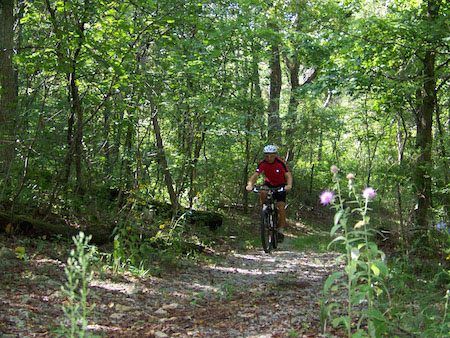 You may be intimidated by the thought of pedaling down a road with cars passing you at 30 mph, but the need for an enjoyable ride is the same regardless of the type of riding you choose. Maybe you enjoy mountain biking, but pedaling around your neighborhood or down your gravel road is a little too mundane? Navigate your way to the nearest bike shop or out to a website like singletracks.com and ask where folks around you like to ride. As I mentioned earlier, the “Explore” or “Plan” sections on sites like Strava, MapMyRide and RidewithGPS are invaluable for finding new routes. Remember, the kind of strength you need takes time to build, so keep looking and trying out new routes and trails until you figure out the characteristics that will hold your interest.
You may be intimidated by the thought of pedaling down a road with cars passing you at 30 mph, but the need for an enjoyable ride is the same regardless of the type of riding you choose. Maybe you enjoy mountain biking, but pedaling around your neighborhood or down your gravel road is a little too mundane? Navigate your way to the nearest bike shop or out to a website like singletracks.com and ask where folks around you like to ride. As I mentioned earlier, the “Explore” or “Plan” sections on sites like Strava, MapMyRide and RidewithGPS are invaluable for finding new routes. Remember, the kind of strength you need takes time to build, so keep looking and trying out new routes and trails until you figure out the characteristics that will hold your interest.
Capping the topic of motivation, I believe few things will drive an individual like signing up for an organized event. Similar to a deadline at work, you now have a clear task to accomplish in a given timeframe. Organizations like the American Diabetes Association (Tour de Cure) and National MS Society (Bike MS), to name a couple, host benefit rides throughout the country and throughout the year. These rides almost always offer various lengths to challenge any fitness level, so you can push your boundaries while supporting a good cause. Don’t underestimate the psychological power of making a commitment and backing it up with a bit of your hard earned cash.
Make it Productive
Now that you’re equipped to keep yourself motivated, let’s discuss appropriate levels of effort. Specifically, let’s look at how often, how long, and how intense your rides should be. I chose these levels of measurement for one simple reason–you can apply them to road cycling or mountain biking.
First, you need to aim for two rides per week at a minimum to see the kind of benefits that will get you up the mountain, though three to four per week will build your endurance faster than you can imagine. A former co-worker liked to remind me regularly, “If you’re going to Moberly, you don’t stop at Huntsville.” You probably aren’t familiar with either of those towns, but the point is universal–stop at your destination and not a town (or day) sooner. Your destination is mountain fitness and not “pretty good shape.” Ideally, these rides should be spaced at even intervals to give your muscles time to recover from the previous ride. Your legs should be sore after a good ride, especially at first when your body isn’t used to the strain, so you’ll need a little time between rides.
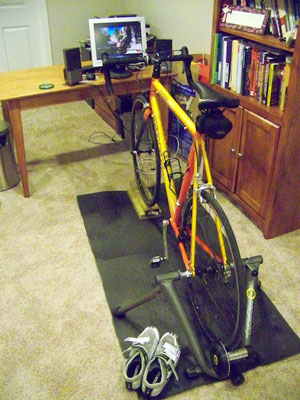 How long should you ride each time out? Start with short, 20-30 minute rides the first week and add 15-20 minutes each week. When it comes to endurance, the sky’s the limit, but once you get to regular 2-3 hour rides you’ll notice tremendous changes in what your body can handle. I can generally only squeeze in 50- to 60-minute rides during the week, taking my longer rides on the weekend. This approach still works–I can see and feel my conditioning improving. Not only will the longer rides build an unbelievable amount of physical endurance, but if the only way home is on the bike, you will condition your mind: “I can do this, I must do this.” I’ve seen a mental breakdown in the mountains and it isn’t pretty. When your situation on the mountain gets really uncomfortable or just plain tough, and a ten minute walk won’t get you back to a nice warm house, mental conditioning will arguably be more important than physical conditioning. After two hard hours on a bike you will amaze yourself with how far sheer determination will take you.
How long should you ride each time out? Start with short, 20-30 minute rides the first week and add 15-20 minutes each week. When it comes to endurance, the sky’s the limit, but once you get to regular 2-3 hour rides you’ll notice tremendous changes in what your body can handle. I can generally only squeeze in 50- to 60-minute rides during the week, taking my longer rides on the weekend. This approach still works–I can see and feel my conditioning improving. Not only will the longer rides build an unbelievable amount of physical endurance, but if the only way home is on the bike, you will condition your mind: “I can do this, I must do this.” I’ve seen a mental breakdown in the mountains and it isn’t pretty. When your situation on the mountain gets really uncomfortable or just plain tough, and a ten minute walk won’t get you back to a nice warm house, mental conditioning will arguably be more important than physical conditioning. After two hard hours on a bike you will amaze yourself with how far sheer determination will take you.
Of the three effort measurements, intensity may be the most important. What you’re really shooting for is a certain heart rate, and for $50 to $500 the cycling computers mentioned earlier will give you realtime feedback. Thankfully though, you don’t need to spend a dime to understand whether you’re riding at an appropriate intensity. Heart rate zones are measured from 1-5 with 5 being the most intense. For sustained endurance exercise you need to spend most of your time in zone 3. You’ll know whether or not you’re in this range by whether or not you can carry on a conversation. If it’s easy to talk at length in complete sentences, you need to take the training wheels off and step up the intensity. If it’s difficult to speak at all, you’re in zone 4 or higher and pushing pretty hard–you don’t want to spend too much time there. You’re looking for that middle ground where you can talk but it’s not easy to carry on a lengthy conversation.
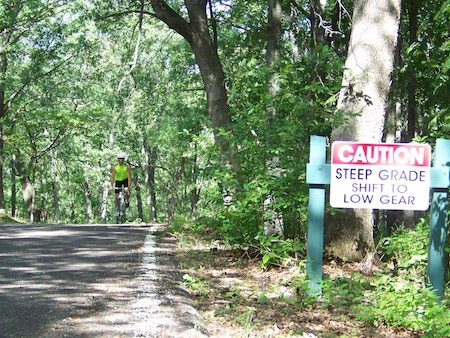 Those are the basics–stay motivated and push hard enough for long enough often enough. Whether you decide to chase the stripe down a paved backroad or bounce your way down a single track dirt trail, my hope is to inspire you to take that first ride and take it with someone that will help motivate you to take the next ride. If you push, keep track of your progress, and ride with a good partner. Training for the best mountain hunt of your life should become something you look forward to instead of loathing and avoiding. The reward for getting mountain fit is well worth the effort.
Those are the basics–stay motivated and push hard enough for long enough often enough. Whether you decide to chase the stripe down a paved backroad or bounce your way down a single track dirt trail, my hope is to inspire you to take that first ride and take it with someone that will help motivate you to take the next ride. If you push, keep track of your progress, and ride with a good partner. Training for the best mountain hunt of your life should become something you look forward to instead of loathing and avoiding. The reward for getting mountain fit is well worth the effort.


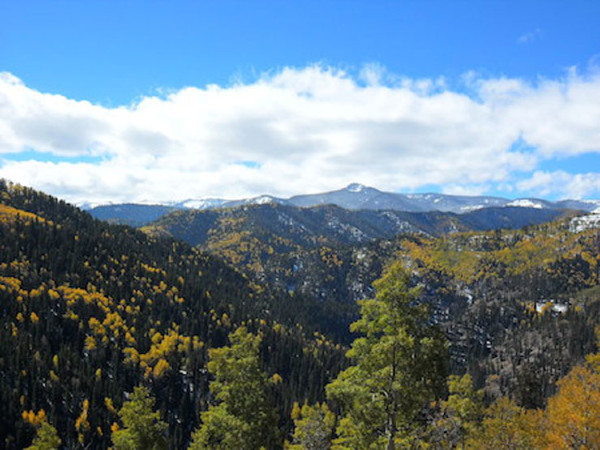

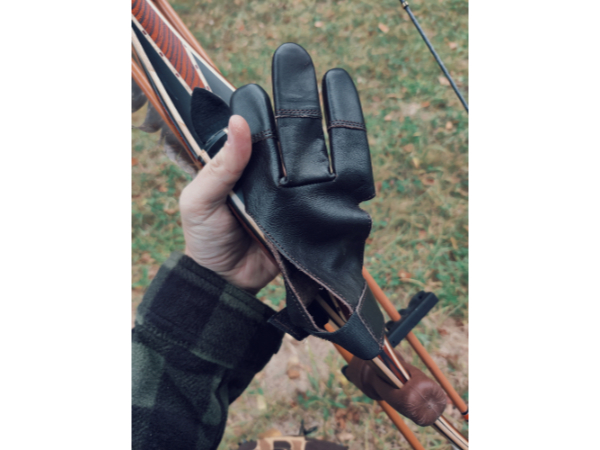


In fact, I do happen to know where both of those towns are! Good article, particularly since my wife and I are planning a CO trip next fall to chase elk.
Carlos Kerley
Rogersville, MO